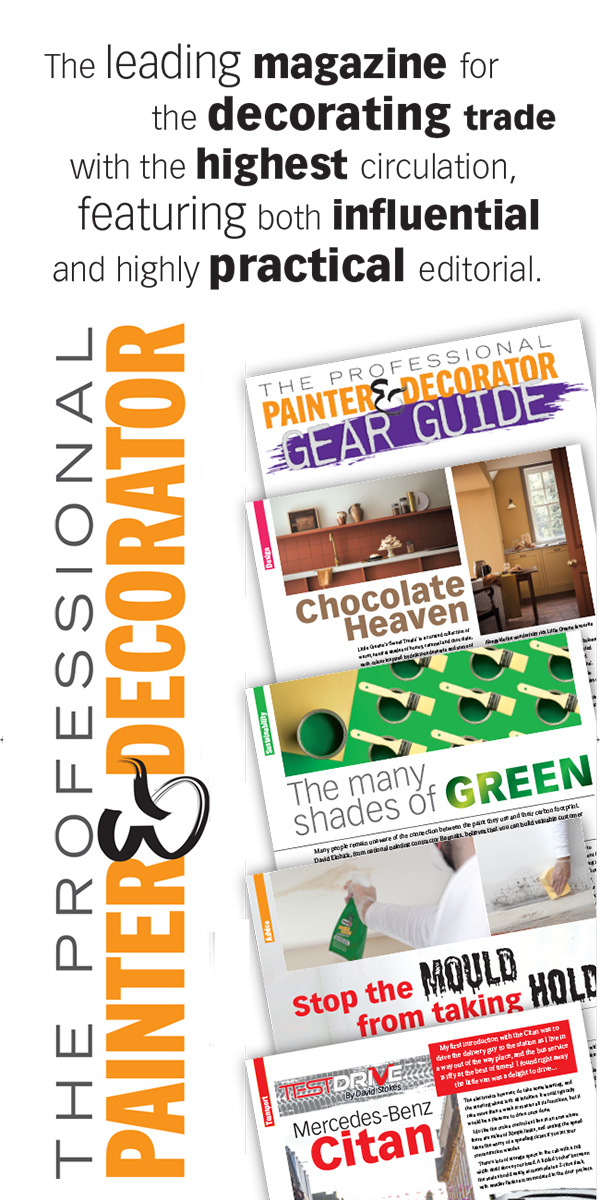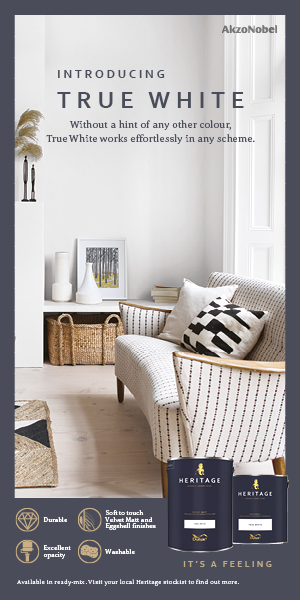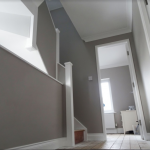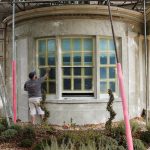The Benefits of Preparation
Why it’s worth planning ahead on your next paint project
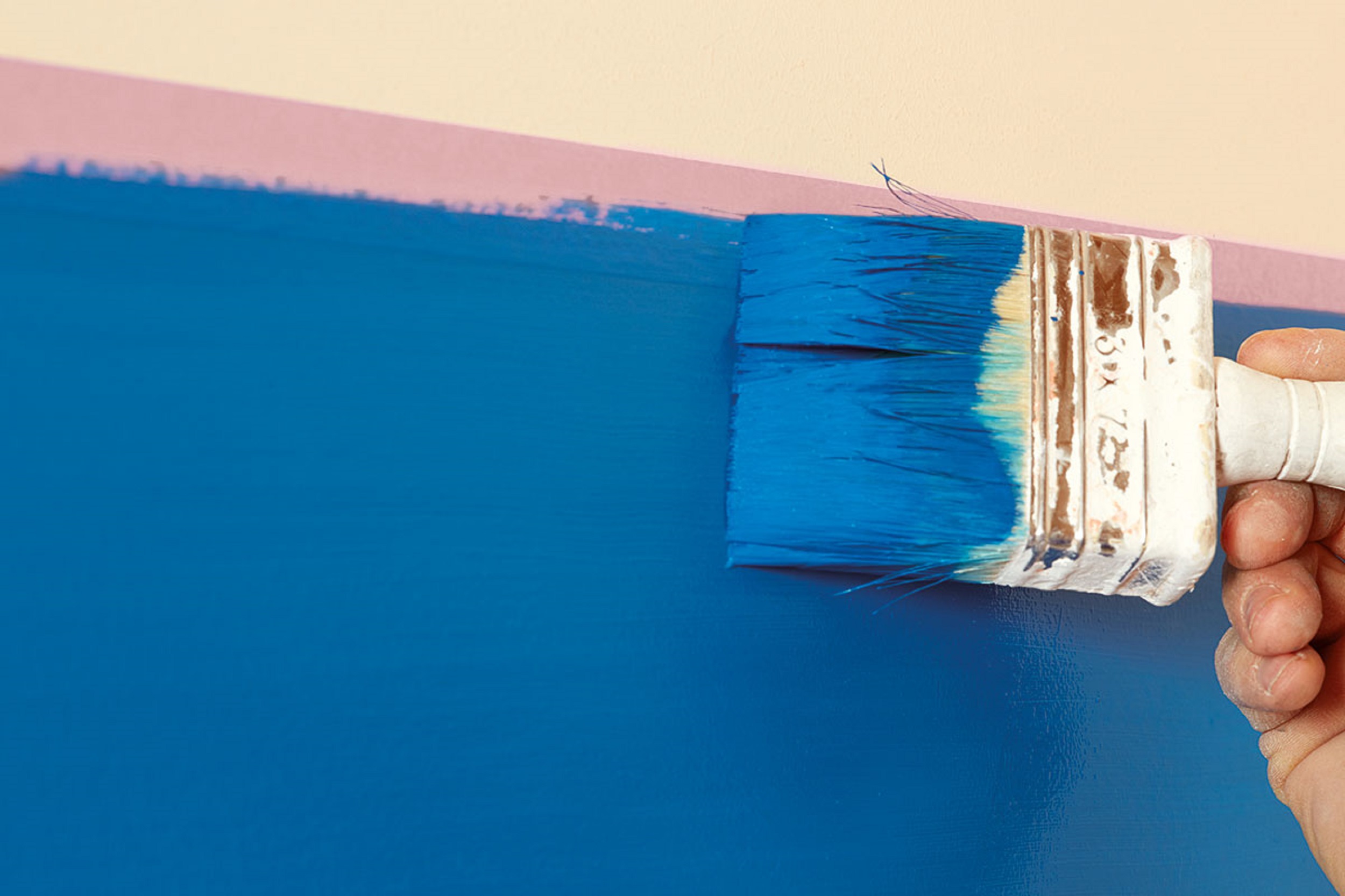
We all know that planning ahead is the key to success but for professional painters and decorators, knowing what to expect and how best to prepare can make or break a successful job. Masking solutions company Q1 and contractor Nathan Carter from N.I.C.E Décor offer some advice.
We’ve all heard the saying “failing to prepare is preparing to fail” but never is this truer than in the painting and decorating trade. Planning for the job at hand can ensure a smooth and timely finish but more importantly it can help deliver razor-sharp finishes time-after-time, keeping customers happy and more likely to recommend you in the future.
“Preparation is everything in this job” says Lancashire-based painter and decorator, Nathan Carter. “The more preparation you can do before the paint hit the walls, the better the end-result will be for your customer.” As one of the most significant areas to modern day painting techniques, the art of prepping is a skill in its own right. Nathan explains: “Prepping is the most time-intensive part of the job, it’s different for everyone, but I find its 75 percent prep, 25 percent application, but it’s worth every second – you work more efficiently, encounter less challenges and you can feel satisfied that you’ve completed the job to the best of your abilities.”
“Floor-ward” thinking
Before painting begins, painters must first think about the type of work that will need to be carried out, particularly when it comes to flooring protection. Nathan adds: “Ask yourself some basic questions before you begin, will it be an exterior or interior project? Is it a repaint or a restoration? Have this information at the ready will ultimately dictate the tools you’ll need, particularly when it comes to flooring as keeping areas clean and tidy should always be a top priority.”
“If it’s hard flooring you’re working with then taped-down floor protection will be the ideal solution. You’ll have complete peace of mind that you can walk around freely and that any drips and spills won’t cause long term damage. Always look out for products that are durable enough to soak up wet boots and excess moisture – although you’re working indoors, you might have to go back and forth to your van and on a rainy day, flooring can easily become muddy. It also goes without saying but always remember to move or cover any furniture beforehand and always keep your walkways clear to prevent any accidents.”
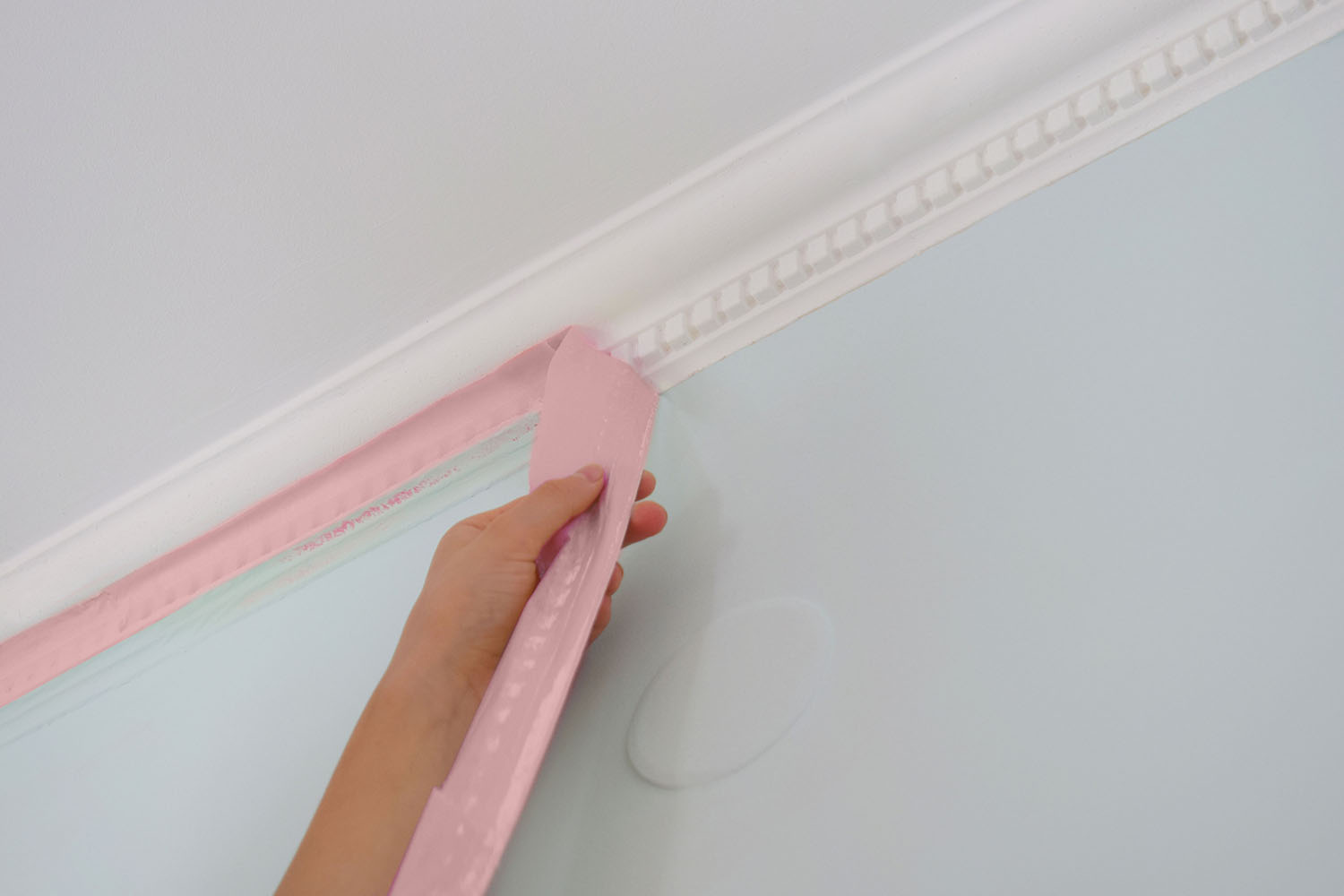
Starting fresh
Whether it’s working on surfaces old or new, chances are you’ll need to prepare the area before applying paint to ensure the best application possible. Nathan explains the importance of prepping a surface before the paint work begins: “It’s essential that you erase previous paint work before you begin – this allows to work at your own standards and set the bar for the quality of the job. A simple scraper will remove drips and nibs from previous coats but a sander will help make ensure the surface is primed and ready. This will also affect how your masking tapes perform so make sure to rid your surface of any excess dust with a dusting brush. If it this isn’t done properly, you could find that your tape will begin to lift and you’ll have to spend additional time fixing any ‘bleeding’ that might occur.”
Taping up
Arguably the most important tool in any painter and decorator’s arsenal, modern day masking tapes are now essential for achieving laser-sharp finishes. But understanding what tape to use in advance will go a long way to achieving the desired result. “Always have a range of tapes in different sizes at the ready, particularly if you’re working on sensitive surfaces says Nathan. “All-purpose tapes can be extremely versatile but remember that if you’re working on a delicate surface then tapes with too strong an adhesive can simply undo all your hard when you go to peel it off. Using specialist tapes will go a long way to help you achieving the results you want. For example, Q1’s Precision Line has been perfect whilst working outdoors. I can tape up an area in the knowledge that when I revisit the job, I won’t have to spend time retaping due it’s UV and weather protection. It makes all the difference when juggling multiple projects.”


